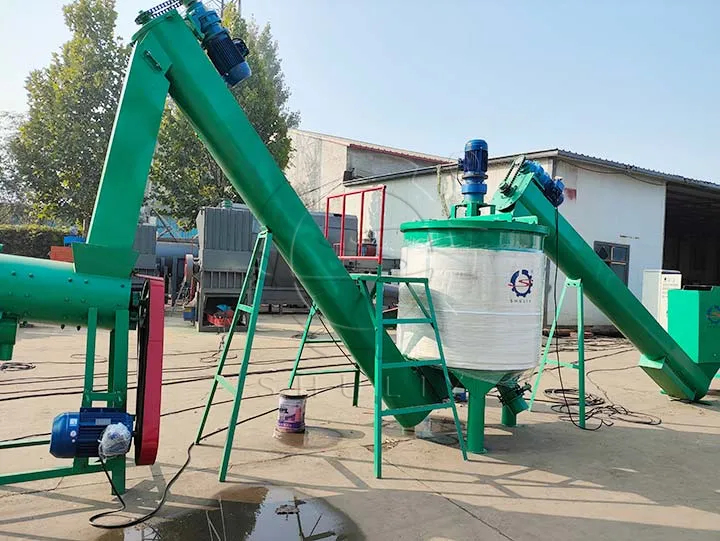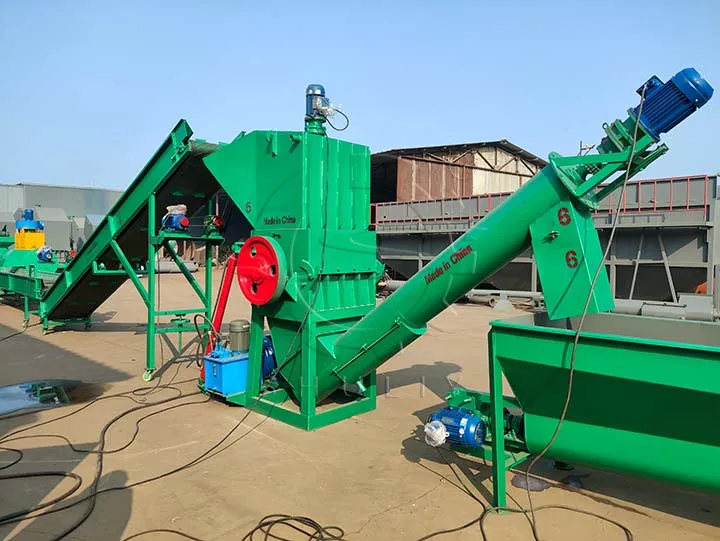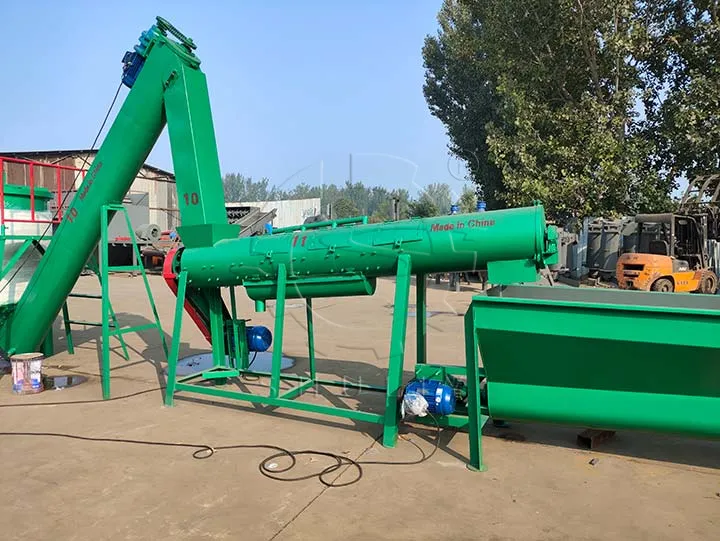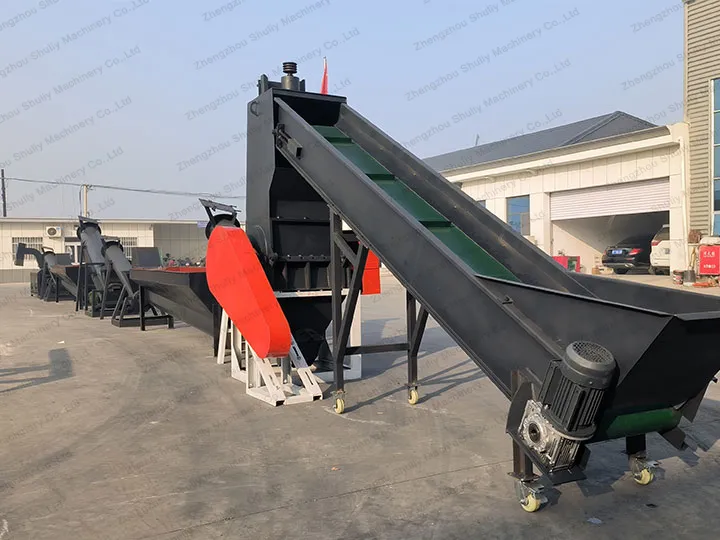PET bottle flakes recycling machine hot washing and cold washing are two different recycling methods used in the plastic bottle recycling process. They differ significantly in terms of temperature, energy consumption, washing function, and recycling application.
PET bottle flakes recycling machine with different temperatures
Cold-wash PET bottle scrap washing machines are typically 10-20°C and are suitable for milder environments. In contrast, hot-wash PET flakes manufacturing plants have higher temperatures, usually in the 50-60°C range.

Differ in energy consumption
Cold-wash PET bottle flakes recycling machines are less effective at washing but consume less energy. Since hot wash PET bottle scrap washing machines require additional hot washing equipment, the overall energy consumption is higher than cold washing.

Different washing functions
Cold-washing PET flakes manufacturing plant process is relatively simple, and mainly used to remove the dirt on the surface of plastic. While hot washing PET bottle flakes recycling machine not only removes surface dirt but also effectively removes oil and other impurities left on the plastic surface. The acquisition price of PET bottle flakes after hot washing is also higher.

Different recycling applications
Cold-washed plastic flakes can be processed into “polyester staple fiber”, which is mainly used for clothing fabrics, household fabrics, packaging fabrics, fillers, and warm materials.
The hot-washed plastic flake can be made into not only “polyester staple fiber”, but also “polyester filament”. The latter can be used for all kinds of clothing, home textiles, decorative materials, and a variety of industrial products.
